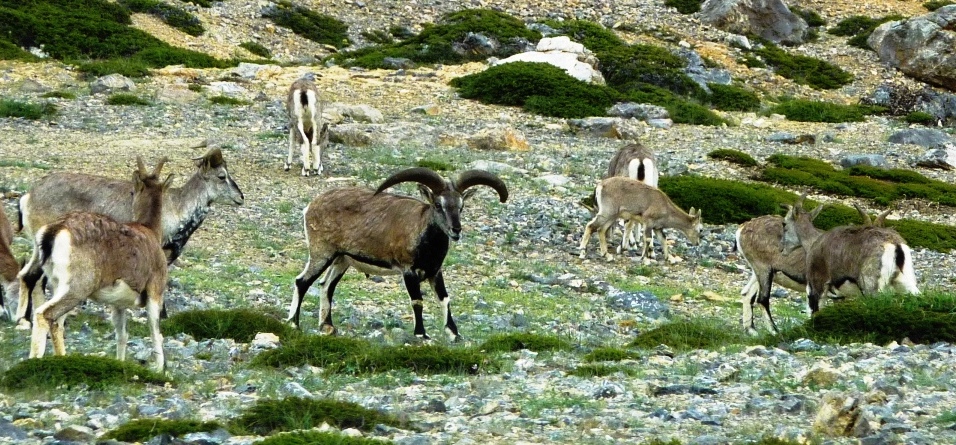After some 30 years of explosive economic development, and with rapidly-growing demands for environmental safeguards by citizens, regenerating the environment is fast becoming a high priority in China.
Several large ecological restoration programs have been initiated–some of the largest such economic commitments in the world–to pay for protecting and restoring forests, grasslands and wetlands. However, many say their effectiveness could be greatly improved with more scientifically-based design and planning.
Now, political will, the interests of society, and traditional values seem to be coming together.
For instance, in Yunta, a village located in Sanjiangyuan, Qinghai Province on the Tibetan Plateau. Sanjiangyuan is a 400,000 km² area that serves as an important habitat for rich and unique biodiversity (such as snow leopards, blue sheep, and white-lipped deer) and a watershed of the three largest rivers in Asia, the Yellow, Yangtze and Mekong, which serve a billion people downstream.
At one point, a mining company started prospecting the area, alarming local residents who felt damaging the mountains would violatet the values of Tibetan Buddhism, not to mention threatening their health and safety.
So when, in 2013, the Beijing-based NGO Shanshui proposed recruiting villagers to monitor wildlife and protect their lands, local resident Dangwen volunteered. He and other Yunta villagers spent four years patrolling the area against poachers, illegal logging, and unauthorized mining. They also removed rubbish to help restore their land and rivers. As a result, the mining company went away.
Based on this experience, a policy recommendation was made to the national government, and Sanjiangyuan National Park was quickly designated.
This has brought economic revitalization to the area, creating 16,400 jobs as guards, with monthly salaries of 1,800 yuan (about US$260), offered only to villagers living inside the park (one per household).
Photo of blue sheep (bharal) by John Hill via Wikipedia.
See full article in The Conversation by Gyala Peri and Namcha Barwa.

